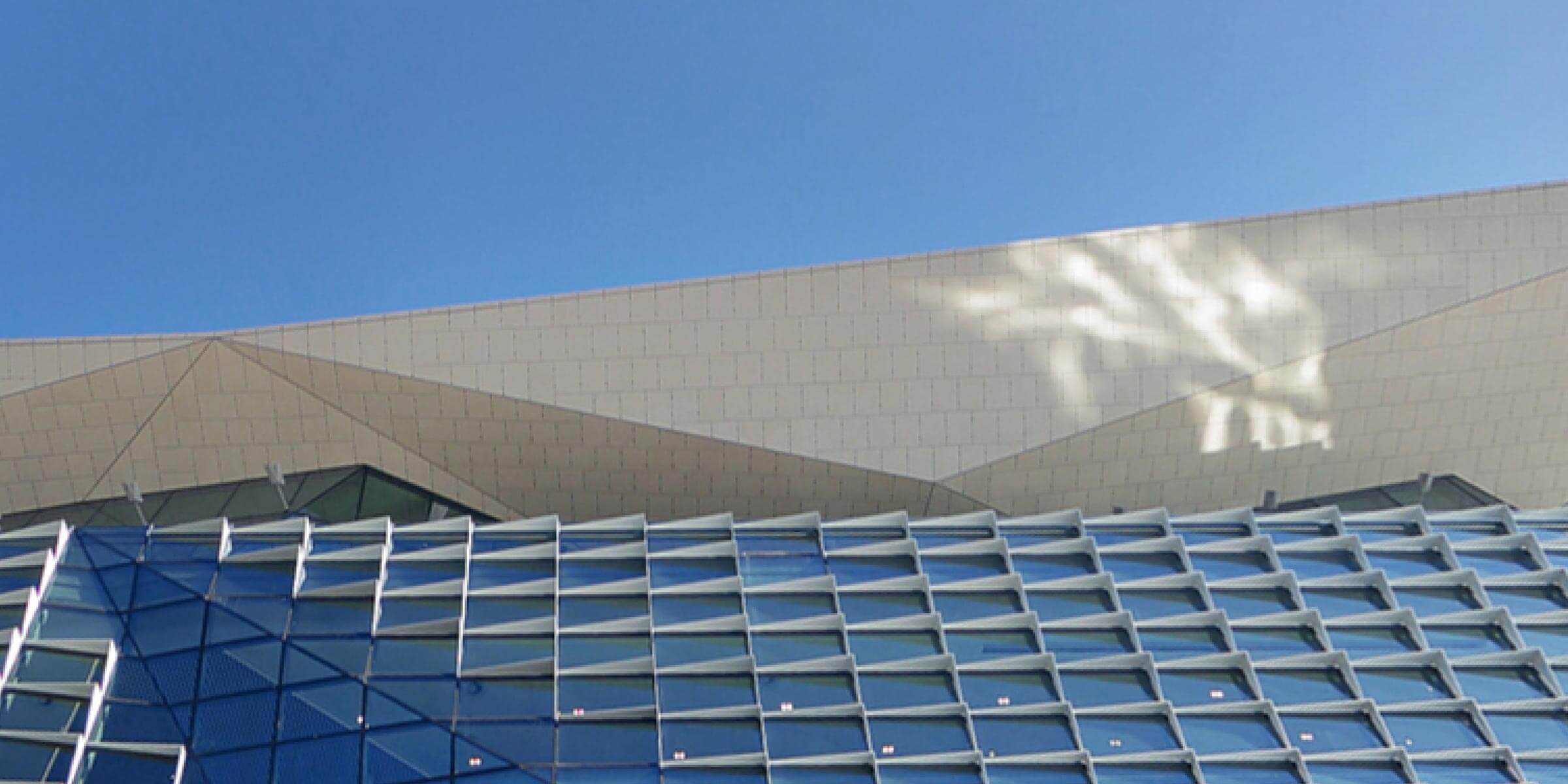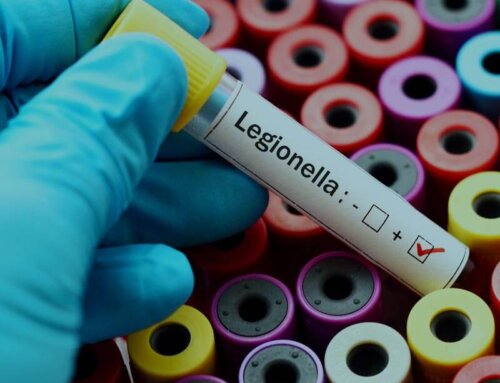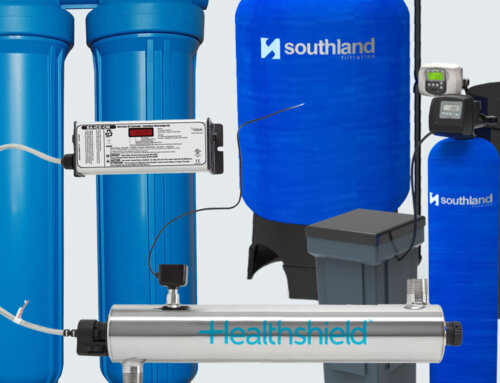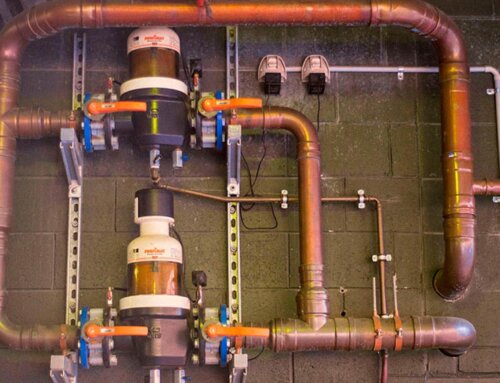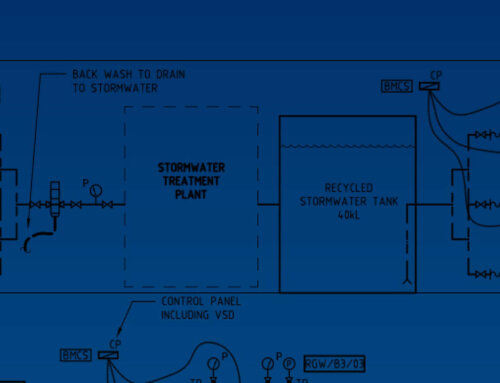Date: 31/05/2018
Read Time: 2min 50sec
Author: James Cox
Key Points:
- Rainwater must undergo treatment and sterilization to comply with regulations and ensure safety for business use, as it can harbor pathogens harmful upon contact or ingestion.
- The process involves two main steps: filtration to remove sediment particles, followed by disinfection using either UV light or chlorine.
- UV disinfection is effective, chemical-free, and energy-efficient, while chlorine dosing ensures a residual disinfectant, suitable for long-term storage.
Introduction
Collected rainwater isn’t necessarily immediately safe to use. A process of treatment and sterilization is essential to make rainwater compliant with regulations and safe to use for your business.
Although rainwater appears to be clean to the naked eye, we need to consider its journey to point of use. This pathogen-rich rainwater can cause sickness or infections if it comes into contact with open wounds or is ingested. It is not safe to use until treated as it poses a risk to those exposed to it, particularly those in continual contact.

The Process
There are two main steps to rainwater treatment – filtration for removal of sediment particles, then disinfection using chlorine or UV light.
Step 1 | Filtration
The first step involves removing sediment. This is essential prior to the disinfection process, for maximum efficiency of the disinfection stage.
Rainwater harvested from a roof travels down a pipe into a storage tank or pit. Dense sediment will settle at the bottom of the tank. A float switch triggers the operation of the system to commence pumping or a pressure drop inline indicates the need to treat and transfer water instantaneously.
Filtration consists of at least two stages. Removal of coarse solids to 100 micron, then fine solids of 1-5 micron; via a cartridge, bag or screen filter prior to disinfection.
Step 2 | Disinfection
Southland offers two primary disinfection options for rainwater
UV Disinfection is the most commonly used method for rainwater treatment, as it is simple, cost effective and requires minimal operator input. Certain wavelengths of UV light destroy the micro-organisms in water that pass it.
Chlorine Disinfection ensures a disinfection residual for a period of time. However introducing a chemical to a water supply requires consistent and regular operator input to ensure correct operation.
UV Disinfection
UV disinfection uses certain wavelengths of ultra violet light to destroy micro-organisms (bacteria, virus, and cysts such as cryptosporidium and giardia), in the water.
To perform properly, UV disinfection requires rainwater to be free of any sediment over 5 micron in size. If the rainwater has not been filtered, ‘shadowing’ can occur, whereby sediment blocks the UV light rays, reducing the effectiveness of the disinfection.
Advantages of UV Disinfection
- Chemical free
- Easy to install and service
- Economical and energy efficient
- Rainwater treated with UV is less of a corrosion risk to exposed metal
- Kills a broader range of pathogens than chlorine. Some protozoa, like Cryptosporidium and Giardia, are resistant to chlorine
Chlorine Dosing
Adding chlorine (sodium hypochlorite) to water is an effective and relatively simple way to disinfect filtered rainwater.
Advantages of Chlorine Disinfection
- Chlorine treatment is an ideal solution for rainwater that needs to be stored for future use
- Rainwater is compliant with the treatment regulations at all times, as a sampling pump will automatically regulate the appropriate chlorine concentration
- Ensures a disinfection residual, which limits opportunity for re-infection
Southland Filtration supplies a range of standard and custom packaged, low maintenance rainwater harvesting solutions to suit all rainwater harvesting applications.
Call the experts today on 1800 656 771 to discuss the best solution for your application.
